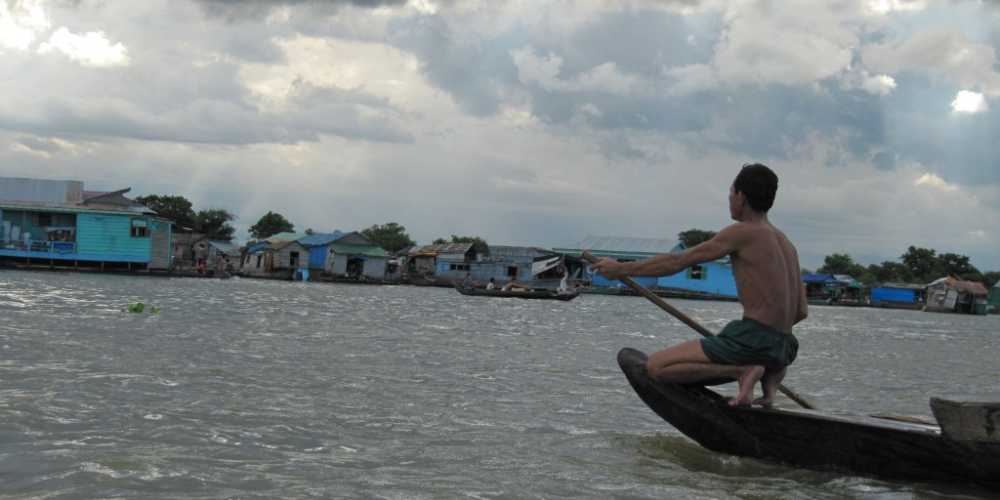Nature, 19 October 2011
This summer, a crew of strangers arrived in the tiny village of Pak Lan along the Mekong River in northern Laos. They sat around in shorts, examining technical drawings, and then surveyed the area, measuring the height of the riverbank, the size of the rice paddies and even the number of pigs.
The tally is necessary because Pak Lan may soon disappear. The government will need to move it and 18 nearby villages, because they will be partially or fully submerged if a highly controversial dam, called the Xayaburi, is built. The US$3.5-billion project will create a 60-kilometre-long reservoir and generate 1260 megawatts of power, which will earn between $3 billion and $4 billion a year for the developer, CH Karnchang Public Company of Thailand.
Somchit Tivalak, village chief and representative of the ruling communist Lao People’s Representative Party, is not quite sure what a hydroelectric dam is or how it will work, but he is convinced that good things are on the horizon. He says that his village will move to a place where it will have roads and electricity, as well as a reservoir teeming with fish.
Many others, however, are deeply worried. The lower Mekong, which winds through Laos, Thailand, Cambodia and Vietnam, is one of the last big untamed rivers in the world. Nearly 60 million people depend on its rich fisheries for their survival. If the Xayaburi dam is built, it will set a precedent for 10 other hydropower dams proposed for the main stem of the river. If all those proceed, nearly 55% of the river will be converted to slow-flowing reservoirs.

